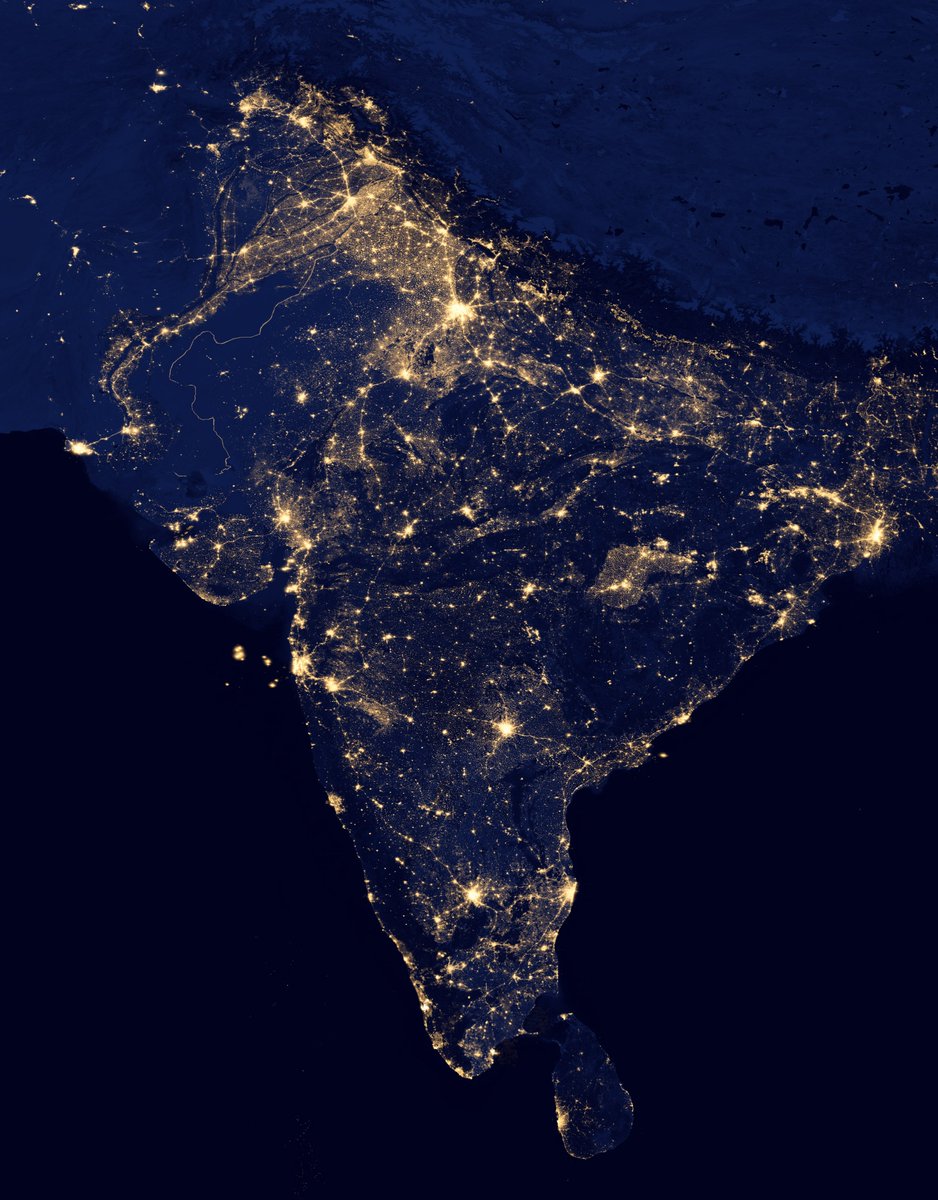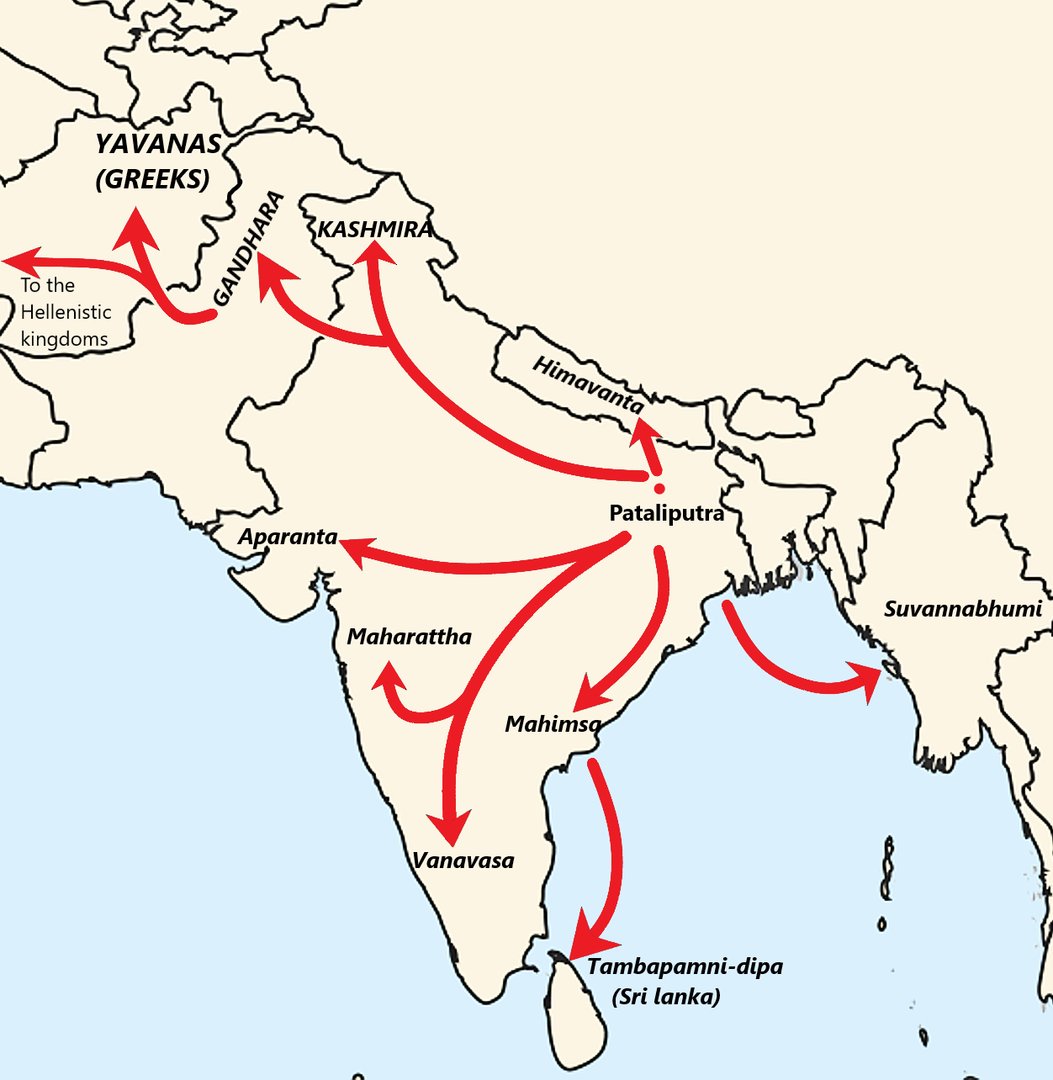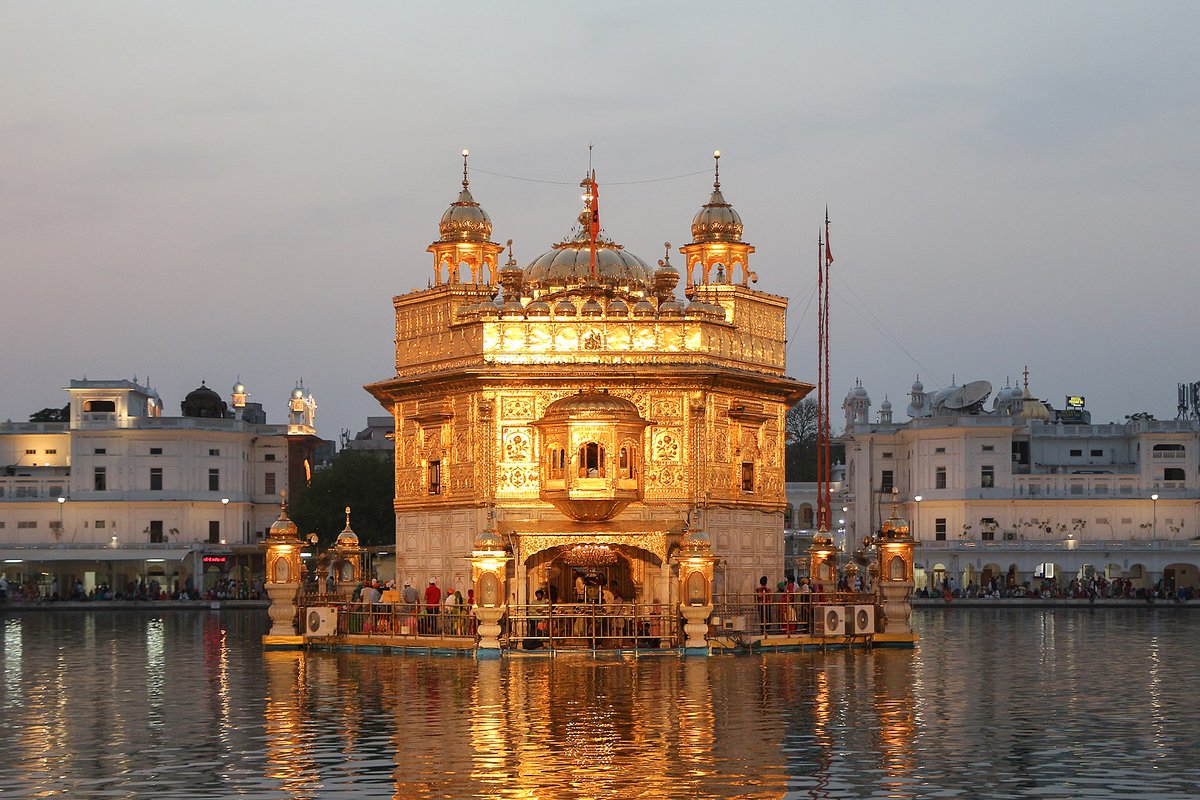The history of India is vast, complex, fascinating, and important. But many people don't know enough about it.
So here is a brief overview:
So here is a brief overview:

No short introduction can capture the full subtlety and detail of Indian history.
But knowing a few dates, places, and names is the first step to understanding something more fully. It creates a foundation.
And so we begin in 3000 BC...
But knowing a few dates, places, and names is the first step to understanding something more fully. It creates a foundation.
And so we begin in 3000 BC...
The story starts with the Indus Valley Civilisation. Along with those of Mesopotamia and Egypt, this was among the oldest of all civilised human societies.
It flourished in the fertile plains around the Indus River, in modern-day Afghanistan, Pakistan, and north-west India.
It flourished in the fertile plains around the Indus River, in modern-day Afghanistan, Pakistan, and north-west India.

The Indus Valley Civilisation matured between 2600 and 1900 BC. It had a large population, major cities, urban planning, metallurgy, pottery, art, sewage, architecture, and complex social structures. 



From about 2000 BC onwards, chronic droughts (it is believed) caused urban collapse.
The cities became depopulated and people returned to rural areas; an inverse of the process that had originally led to the rise of the Indus Valley Civilisation.
The cities became depopulated and people returned to rural areas; an inverse of the process that had originally led to the rise of the Indus Valley Civilisation.
This coincided with the arrival of the Indo-Aryan tribes from Central Asia, who migrated in large numbers and several waves to the Indus Valley and beyond.
And they brought with them a language which had also made its way to Europe, hence the Proto-Indo-European connection.
And they brought with them a language which had also made its way to Europe, hence the Proto-Indo-European connection.

This marks the start of the "Vedic Period", which lasted from about 1500-500 BC.
It was an age of agricultural societies, as opposed to the urban one of the Indus Valley Civilisation.
It was an age of agricultural societies, as opposed to the urban one of the Indus Valley Civilisation.
The Vedic Period gets its name from the Vedas.
These are ancient religious texts, once orally transmitted and then written down in Indo-Aryan Sanskrit, which would later become the foundational scriptures of Hinduism.
These are ancient religious texts, once orally transmitted and then written down in Indo-Aryan Sanskrit, which would later become the foundational scriptures of Hinduism.

After about 600 BC there was a process of reurbanisation and rapid socio-economic development.
This saw the rise of the Sixteen Mahajanapadas (great realms) a mix of kingdoms and oligarchies.
On the left is the capital of the Vajjika League, one of the world's early republics.

This saw the rise of the Sixteen Mahajanapadas (great realms) a mix of kingdoms and oligarchies.
On the left is the capital of the Vajjika League, one of the world's early republics.


And Siddhartha Gautama, the Buddha, was born around this time. He lived in the 6th and 5th centuries BC and travelled across the great plain of the Ganges in northern India.
This era also saw the rise of Jainism and the distillation of Vedic Brahmanism into Hinduism proper.
This era also saw the rise of Jainism and the distillation of Vedic Brahmanism into Hinduism proper.
In the 322 BC the Maurya Empire was founded in Magadha, one of the Sixteen Mahajanapadas, and under the rule of Ashoka the Great (268-232), one of history's foremost rulers, came to dominate the majority of India. 

Ashoka left inscriptions, known as "Edicts" right across India, along with a vast legacy of art and architecture.
The Maurya Empire flourished economically, commanding as it did the trade routes of India, and Buddhism spread wide and far.


The Maurya Empire flourished economically, commanding as it did the trade routes of India, and Buddhism spread wide and far.



In about 200 BC the Greco-Bactrian Kingdom, which had been established by the successors to Alexander the Great of Macedonia, invaded northern India.
This led to one of history's most fascinating eras, the Indo-Greek Kingdom and its Greco-Buddhist culture and art:



This led to one of history's most fascinating eras, the Indo-Greek Kingdom and its Greco-Buddhist culture and art:




In about 185 BC the Maurya Empire collapsed, succeeded in the north west by the Indo-Greek kingdoms, and elsewhere by the Shunga Empire.
This marks the beginning of the "Classical" era of Indian history, often regarded as a Golden Age.
This marks the beginning of the "Classical" era of Indian history, often regarded as a Golden Age.
This Classical era was dominated by different dynasties, such as the Gupta Empire, which ruled until about 550 AD.
Hinduism saw a great resurgence, culture flourished, and India matured into an internationally significant cultural, economic, and religious force.

Hinduism saw a great resurgence, culture flourished, and India matured into an internationally significant cultural, economic, and religious force.


Then followed Medieval India, a transition between its ancient and modern eras.
The collapse of the Gupta Empire left India as a series of splintered kingdoms vying for power.
But that didn't halt its economic and cultural growth, which had spread to much of Southeast Asia.


The collapse of the Gupta Empire left India as a series of splintered kingdoms vying for power.
But that didn't halt its economic and cultural growth, which had spread to much of Southeast Asia.



In the 13th century Islamic conquests arrived in India, at first first under the Delhi Sultanate.
And then, founded in 1526, the Mughal Empire soon conquered almost the entire Indian subcontinent and ruled for two centuries as it became the world's largest economy.

And then, founded in 1526, the Mughal Empire soon conquered almost the entire Indian subcontinent and ruled for two centuries as it became the world's largest economy.


Perhaps the greatest Mughal emperor was Akbar, but it was another emperor, Shah Jahan, who built the famous Taj Mahal in 1631.
Which is but one of many wonderful examples of Indo-Islamic architecture from this era:


Which is but one of many wonderful examples of Indo-Islamic architecture from this era:



The rise of the Mughals can be considered the start of Early Modern history in India.
Meanwhile, of course, Sikhism rose from the teachings of Guru Nanak in the late 15th century.
Meanwhile, of course, Sikhism rose from the teachings of Guru Nanak in the late 15th century.

In the early 18th century the Hindu Maratha Confederacy sprung up and pounced on Mughal decline, eventually replacing them as the foremost power in India, though a number of other, smaller kingdoms and empires flourished at the same time. 

European powers had been active in India for a long time, but by the end of the 18th century it was Britain's East India Company that had risen to prominence.
By 1818 the British had overcome the Marathas and governed much of India.
By 1818 the British had overcome the Marathas and governed much of India.

The Indian Rebellion of 1857 led to the dissolution of the East India Company; the Crown took control and the British Raj was established.
This was a mix of direct control and suzerain "Princely States":
This was a mix of direct control and suzerain "Princely States":

In 1947, after a long, nationwide push for independence led by men such as Ghandi and Jinnah, the British Raj was dissolved and two independent states created along religious lines: India and Pakistan. Bangladesh declared independence from Pakistan in 1971. 





Many, many details have been elided, because Indian history is as broad and deep as that of any continent. One thread cannot do it justice.
The idea was to provide a basic timeline and overview for those unfamiliar with the long and rich history of this many-storied land.
The idea was to provide a basic timeline and overview for those unfamiliar with the long and rich history of this many-storied land.
• • •
Missing some Tweet in this thread? You can try to
force a refresh























